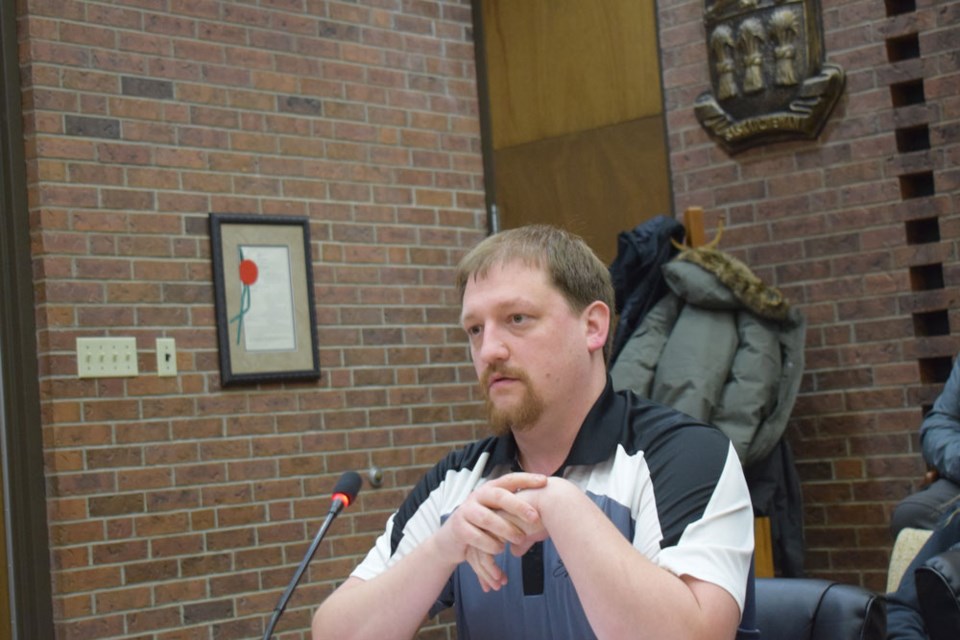Estevan city council has approved the tender for the third and final phase of the city’s water intake project.
Greenfield Construction Ltd. was awarded the tender for $1.84 million, with a contingency allowance of $250,000 for a total tender price of $2.09 million. Phase 3 will see the completion of the water line from Rafferty Dam to the water treatment plant.
The project will shift Estevan’s primary water source from Boundary Dam to Rafferty Dam, which is expected to improve the quality of Estevan’s drinking water and allow the city to meet provincial requirements for trihalomethanes in the water.
Phase 1 saw the construction of the pipeline that will run from the water plant to the diversionary channel. Phase 2 included the construction of the raw water intake and pump station.
Shane Bucsis, who is the manager of the water and wastewater division for the city, said Greenfield was the company that was awarded the contract for Phase 1, so they still have all of their equipment here, including their drilling technology.
“That’s why their costs came in so much lower, is we are saving about $600,000 on mobilization,” said Bucsis.
The city hopes the project can be completed in the late spring or early summer of 2020.
Also on Monday night, council approved the use of a SaskPower diversionary line to complete the pipeline and reduce the amount of construction needed.
With the use of the SaskPower line, the city would only need to lay 2.3 kilometres of pipe instead of 8.1 kilometres.
“We had conversations with SPC (SaskPower Corporation), and they were very good about it, and we appreciate the fact that they were willing to allow us to use that line.”
The line is used to pump water from Rafferty Dam to Boundary Dam when Boundary is low, but it has not been used for seven years because the water levels in Boundary have been sufficient.
“Once we switch our intake sources, we will no longer be pulling off of Boundary Dam,” said Bucsis. “We will be pulling water from Rafferty. So the use of that line will be even less.”
The city will be allowed to use the line year-round, at a cost per year of $9,500. Mayor Roy Ludwig said it’s a three-year agreement that will be renewed automatically.
Councillor Dennis Moore wanted to know what would happen if SaskPower decided that it needs the line to divert water from Rafferty Dam to Boundary Dam. Bucsis said the Crown corporation has to give the city one month’s written notice of its intentions. The city would then revert to using Boundary Dam as its water source until SaskPower is finished with the line.
“As an asset liability, they’ve had their people look at it, and they don’t feel like it’s in their best interest to give up the line, because then they would lose the priority of filling the reservoir from that,” said Ludwig.
It’s not known how long SaskPower would be able to use the water line for diversionary purposes if it needs it. If it were to be for a prolonged period on a recurring basis, then Ludwig said the city might look at constructing the remaining kilometres of pipe from Rafferty Dam to the water treatment plant and having their own line.
“The line has been pressurised and a walk of the line was done,” said Bucsis in his report. “There were no noticeable issues with the line for the city’s use. In the agreement within the first year of using the line costs will be split 50/50. After the first-year costs for the line will be split by the percentage of use for that year.”
The total cost of the three phases of the project is to be $10.67 million. Phase 1 was $2.76 million, phase 2 was $6.06 million and phase 3 will be $1.84 million, plus the contingency.
The original tender, before the city separated the project into three phases, was $15.84 million.
The cost of the water intake project is being cost-shared by the city and the provincial and federal governments through the Canada Builds fund.
The fund also supported the residuals management project that has been operating for nearly two years. Resulted in residuals from the water treatment process are no longer pumped into the Souris River.



